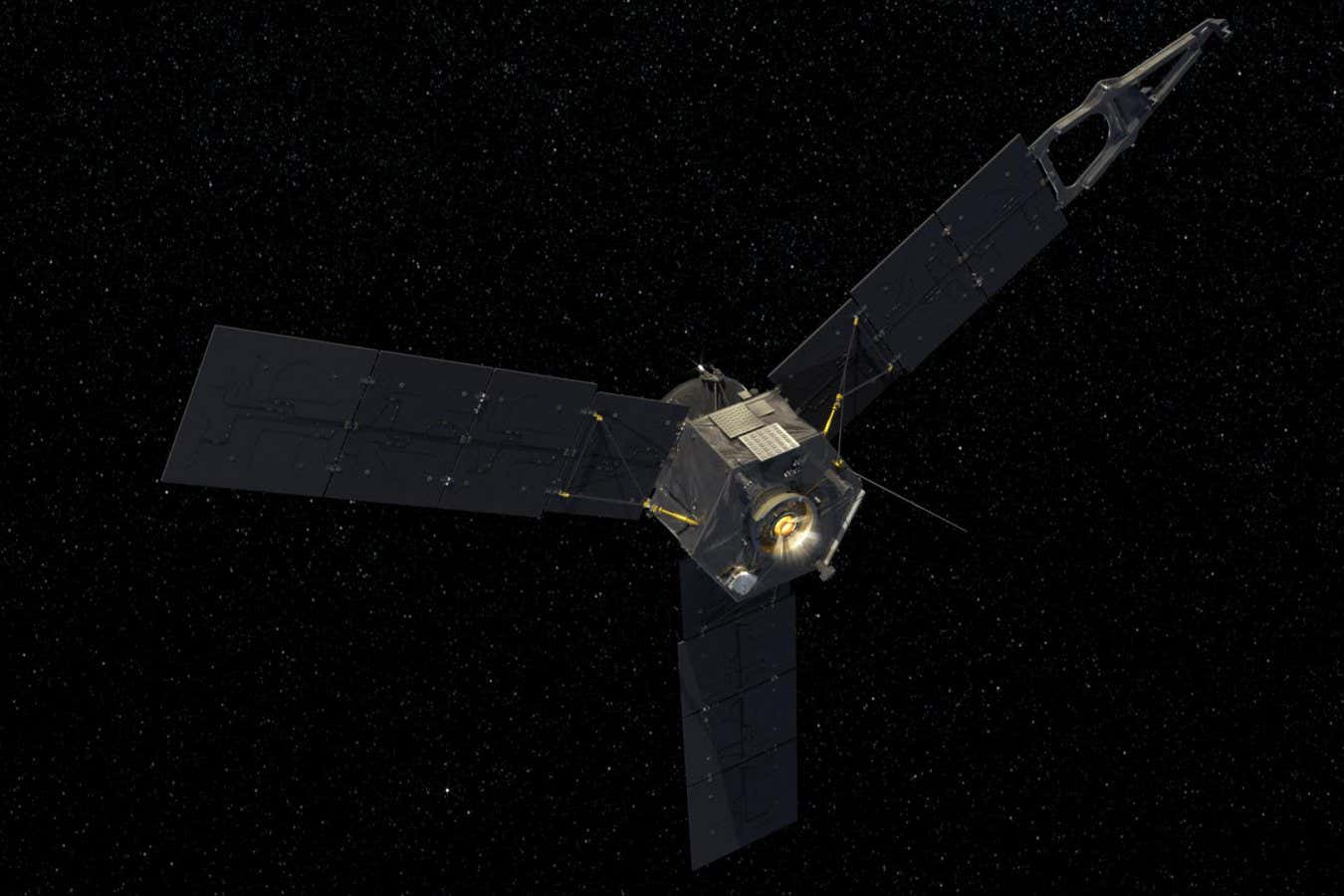Now Reading: Can a Spacecraft Intercept Interstellar Object 3I/ATLAS?
1
-
01
Can a Spacecraft Intercept Interstellar Object 3I/ATLAS?
Can a Spacecraft Intercept Interstellar Object 3I/ATLAS?

Quick Summary
- Teh interstellar comet 3I/ATLAS, the third of its kind ever observed, is passing through our solar system and will move out into space after looping around the sun within months.
- Scientists are exploring options to intercept the comet using existing spacecraft to study it closely despite technical hurdles.
- Proposals include repurposing NASA’s Juno spacecraft currently orbiting Jupiter. Though, juno faces challenges like low fuel levels, engine issues, radiation damage from recent missions, and its age (launched in 2011).
- ESA’s JUICE spacecraft could potentially get a closer look but cannot change its course toward 3I/ATLAS due to astro-dynamic constraints.
- Mars orbiters such as Mars Reconnaissance Orbiter or Mars Odyssey might have a chance for a flyby since the comet passes closer to Mars than Earth. Fuel capacity remains uncertain.
- Future efforts include ESA’s comet Interceptor mission set to launch by 2029. It will wait at a stable point between Earth and the sun for unexpected object discoveries.
- Colin Snodgrass at Edinburgh University suggests designing stripped-down spacecraft focused on speed with increased fuel payloads for intercepting fast-moving objects like 3I/ATLAS in future missions.
Image Caption: NASA’s juno spacecraft may be redirected to intercept interstellar object (NASA/JPL-Caltech).
Stay Informed With the Latest & Most Important News
Previous Post
Next Post
Loading Next Post...
























